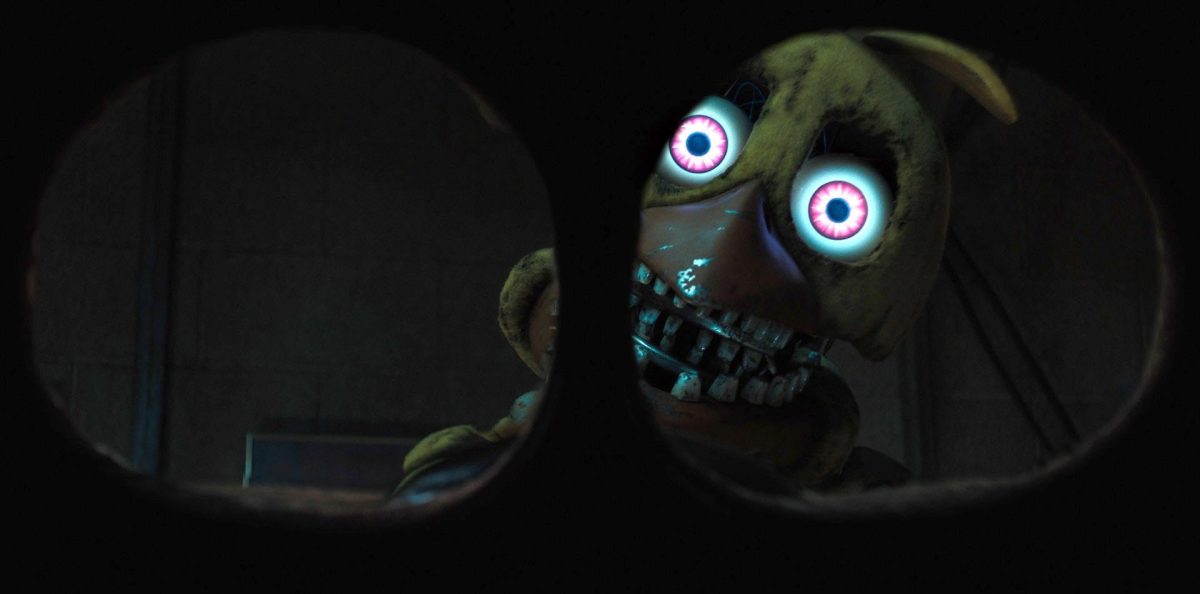**This article contains spoilers.**
“The Hunger Games” prequel “The Ballad of Songbirds and Snakes” premiered on Nov. 17.
“The Ballad of Songbirds and Snakes” was adapted from Suzanne Collins’ novel of the same name, which was released on May 19, 2020.
“The Hunger Games” follows Katniss Everdeen in sparking a revolution against Panem’s ruling government, The Capitol, and its leader, President Coriolanus Snow.
“The Ballad of Songbirds and Snakes” was a much-anticipated peek into the origin story of Snow (Tom Blyth).
Get The Daily Illini in your inbox!
“The Ballad of Songbirds and Snakes” takes place before and during the 10th annual Hunger Games, in which The Capitol experiments with different methods to keep audiences engaged in the games.
They involve Capitol academy students as mentors to the district tributes and introduce a method of Capitol citizens betting on different tributes by giving them donations used for food and water.
Coriolanus Snow is assigned the female tribute from District 12, Lucy Gray Baird (Rachel Zegler).
Both the novel and the film showed the complexity of Snow’s character — however, as expected, the novel did a better job.
A novel can provide an inner monologue of the main character that is difficult to replicate in a film. Usually, the film can portray the entirety of the character without this constant inner thought; however, “The Ballad of Songbirds and Snakes” lacked the depth of Snow’s character that was created as a reader experienced the workings of his brain.
While the screenplay lacked Snow’s depth, Blyth’s acting worked at bridging the gap between the novel Snow and the film Snow.
One of the greatest showcases of Blyth’s ability to play a complex character is towards the end of the film where Coriolanus and Lucy Gray have escaped from District 12.
Coriolanus and Lucy Gray were involved in the murder of the District 12 mayor’s daughter as well as in rebel activity. However, everyone else involved was murdered, and only the two of them knew the full story and had the ability to go to the authorities to turn the other in.
In this scene Blyth, portrays Snow’s want to maintain his relationship with Lucy Gray while also still having control over her. Blyth demonstrates Snow’s descent into madness through an impressive range of facial expressions.
Another impressive actor in this film was Hunter Schafer, who played Tigris, Snow’s cousin. Tigris was another complex character who was also present in the original “The Hunger Games” trilogy.
Schafer demonstrates both Tigris’ loyalty to her family ties as well as her hesitance to fully support the capital’s endeavors in the Hunger Games.
This fits with Tigris’ character in “The Hunger Games” series, as she assists Katniss in an act of rebellion.
An added aspect of the film that was impossible to include in the novel was Zegler’s voice. Lucy Gray uses her skill of singing to earn the adoration of the viewers of the Hunger Games. She also uses her songs to portray her feelings and tell stories of her life.
“The Ballad of Songbirds and Snakes” shows the origins of the hauntingly iconic song “The Hanging Tree” which was first sung by Jennifer Lawrence in the original “The Hunger Games.” Zegler’s voice, with its refined sweetness, turns the song from a cry for rebellion to a story.
Zegler’s songs were sung at key points in the film, such as the reaping when Lucy Gray was selected as tribute, the first interview with the tributes and the moment she won the games.
Finally, “The Ballad of Songbirds and Snakes” brought to life the powerful tale with its cinematography.
Every scene had high visual interest, which kept the audience’s attention even during the quieter parts of the film.
The very last scene was chill-inducing with a close-up of Snow. Snow stands determinedly facing the capitol as snow is seen falling behind him. The screen cuts to black as Donald Sutherland, who played Snow in “The Hunger Games,” delivers the final quote of the movie: “It’s the things we love most, that destroy us.”










